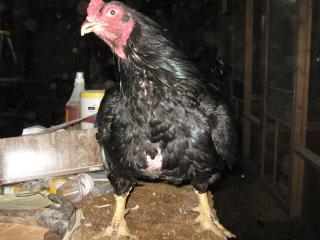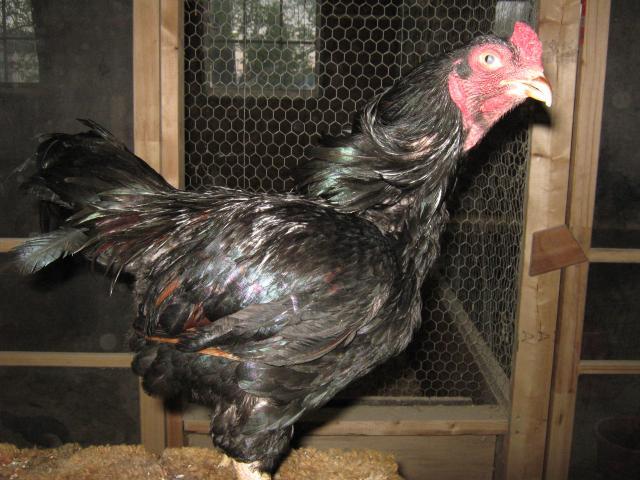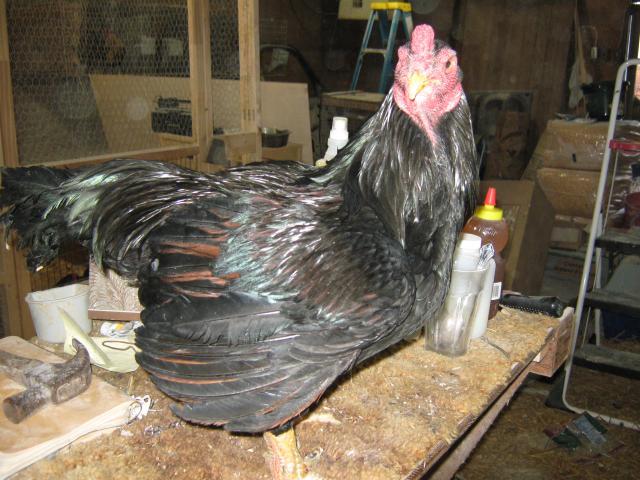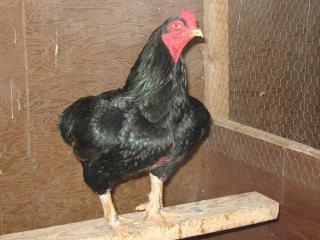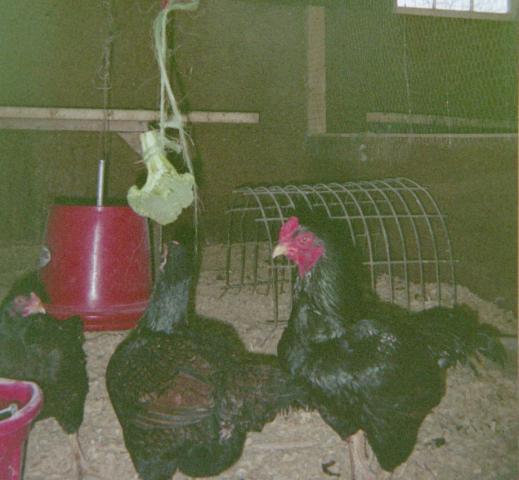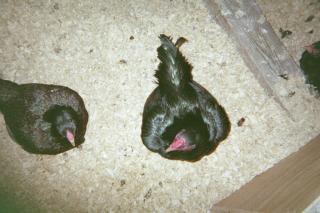I'm assuming that like other hatchery-type birds, they are bred for an increase in egg production and to look somewhat similar to the breed standard.
Think of it this way...hatcheries make money off of the chicks that hatch. If a breed is known to not lay very many eggs, they're not going to make much money off that breed since they won't have the supply to meet the demand. BUT, if they breed for an increase in egg production, they can increase their profit margin...even if it's to the detriment of the overall product.
Think of it this way...hatcheries make money off of the chicks that hatch. If a breed is known to not lay very many eggs, they're not going to make much money off that breed since they won't have the supply to meet the demand. BUT, if they breed for an increase in egg production, they can increase their profit margin...even if it's to the detriment of the overall product.


